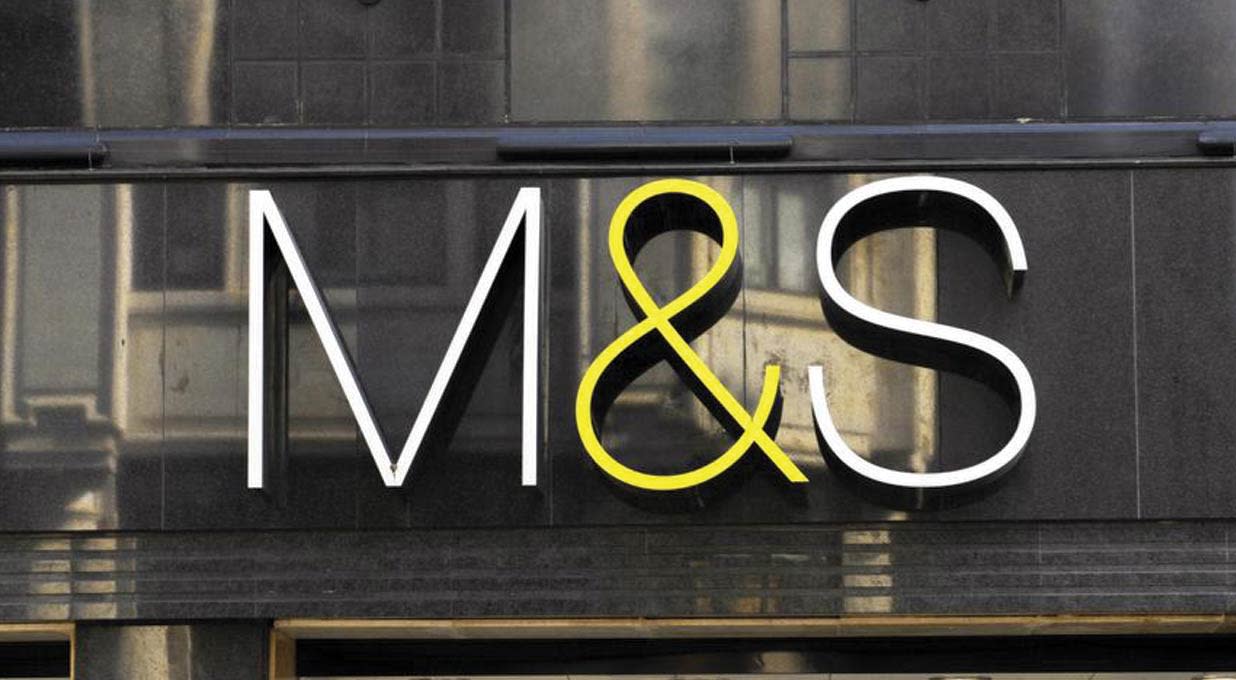M&S reported full-year sales of £13.1bn, up 9.4%. This was driven by broad-based growth, with food being the exceptional performer, up 11.3% on a like-for-like basis. The ‘Remarksable Value’ line performed particularly well, with sales up 34%.
In Clothing & Home, revenue rose 5.2% to £3.9bn, as market share and full-price sales grew. Online sales were the biggest growth driver in this division, rising by 7.8%.
Operating profit grew 33.8% to £848.6mn. This was supported by £180mn in cost savings in the year, with an additional £100mn in potential cuts identified, surpassing its previous five-year guidance.
Losses from M&S' share in Ocado Retail widened by 26.4% to £37.3mn, above internal expectations.
Free cash flow improved from £63.6mn to £411.1mn. Net debt fell from £2.6bn to £2.2bn.
A proposed final dividend of 2p per share was announced, taking the full-year total to 3p.
The shares rose 8.4% in early trading.
Our view
M&S gave shareholders plenty to be happy about last year, growing market share and margins while also implementing a significant cost-cutting programme. Investment in food and clothing divisions are starting to pay dividends, but widening losses at Ocado could be cause for concern.
In Clothing & Home, growth is reflecting improved customer perceptions of value, quality and style. That’s by no means an easy feat and is a key reason for M&S being able to sell 81% of clothes at full price, far higher than many of its rivals. Work to improve supply chains and remove less profitable lines are also paying off, with profitability improving as a result.
While we're impressed by this progress, we'd be remiss not to mention how tough the world of clothing retailers is. M&S isn't quite a modern-day heavyweight online, and the longer-term outlook for physical retail is very hard to map.
Demand for M&S food remains robust too, leading competitors in volume growth consistently over the year. That hasn’t come cheap, with £60mn of investment needed to drive its improving value reputation, but we think it’s money well spent. Importantly, the type of customer is also changing for the better. The group’s attracting families, who on average spend more on each shop, which is ultimately helping M&S to compete for a greater share of the nation’s weekly food budget.
But M&S's joint venture with Ocado, which was a beneficiary of the pandemic, is struggling and underlying losses have widened. There is still potential to significantly improve productivity and revenue, but we remain cautious about when this progress will come. We also have our eye on how the continued disagreement over performance targets will impact day-to-day running of the business. The problem doesn’t look to be going away, and tension in a business partnership is far from ideal.
Operational and strategic improvements mean the business is healthier than it has been in some time. Enhanced cash generation and a robust balance sheet have enabled a continued reduction in net debt. This financial stability has allowed M&S to restore its full-year dividend, after several years of non-payment. While the prospective yield of 2.4% may seem modest, the anticipated increase in dividends could appeal to income-focused investors. As ever though, no dividends can be guaranteed.
Ultimately, M&S is nailing its transition to become a leaner, stronger performing business. No explicit outlook for this year has been given, but the expectation is for further progress. That's led to a significant recovery in the valuation over the past 12 months, which now sits just below its long-run average. There are still inflation-related uncertainties to be wary of, so some volatility in the near term can't be ruled out.
Marks and Spencer key facts
All ratios are sourced from Refinitiv, based on previous day’s closing values. Please remember yields are variable and not a reliable indicator of future income. Keep in mind key figures shouldn’t be looked at on their own – it’s important to understand the big picture.
This article is not advice or a recommendation to buy, sell or hold any investment.No view is given on the present or future value or price of any investment, and investors should form their own view on any proposed investment.This article has not been prepared in accordance with legal requirements designed to promote the independence of investment research and is considered a marketing communication.Non - independent research is not subject to FCA rules prohibiting dealing ahead of research, however HL has put controls in place(including dealing restrictions, physical and information barriers) to manage potential conflicts of interest presented by such dealing.Please see our full non - independent research disclosure for more information.


